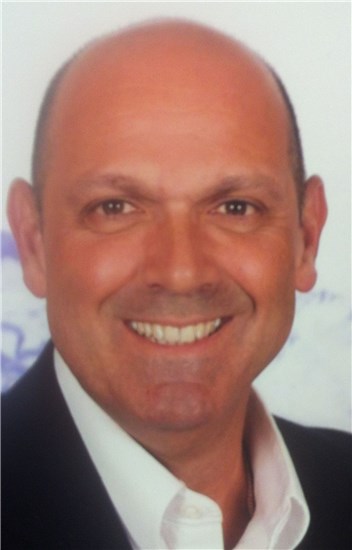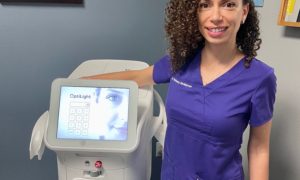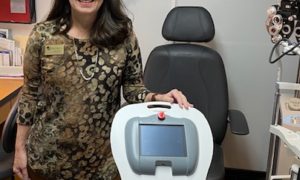By Agustin Gonzalez, OD, FAAO, ABCMO

June 15, 2016
New eyecare drugs mean new opportunities in the treatment of eye disease. What will the role of optometrists be in the use of these new medications, and how can we optimize them to build our medical eyecare services?
For patients who suffer from chronic eye conditions, or diseases, and for doctors who manage them, any new drug developed brings hope for better disease management and improved treatment outcomes.
Developing new drugs intended to safely and effectively improve patients’ outcomes, and obtain a better management of a disease process, or even prevent diseases, is the ultimate goal of all bio-pharmaceutical research companies. In sharing this end, new drugs that prove to safely and efficaciously manage diseases, positively impact society by improving quality of life, reducing sick days and potentially lowering the cost of healthcare in visits and time.
It is an exciting time to be in eyecare. With the anticipated FDA approval andsubsequent launch of three new drugs, there is much anticipation in the community (optometrist and ophthalmologist), as the drugs come with new mechanisms of action and target two diseases eye doctors encounter on a daily basis.
The first is aimed at improving the management of glaucoma, a preventable, but blinding, disease that affects the optic nerve. The second is intended to better manage the patient’s signs and symptoms of ocular surface disease (OSD is a type of chronic dry eye), a seemingly simple, but extremely complex and challenging condition in patient management.
For glaucoma, two new drug classes have been introduced: Nitric oxide donating prostaglandin analogue called “Vesneo” (latanoprostene bunod ophthalmic solution 0.024), which is pending FDA approval, and Valeant (Bausch & Lomb) Rhopressa, a Rho-Kinase (ROCK) / norepinephrine transporter (NET) inhibitor from Aerie Pharmaceuticals.
For dry eye, we now have Lifitegrast 5 percentsolution, which is an Integrin Inhibitor that works by regulating the binding of LFA to ICam.
All of these drugs are awaiting approval in July, and will be available for all optometrists licensed in their state to manage dry eye and glaucoma.
The last decade has brought an increasing amount of knowledge and understanding of the etiology of OSD. Spring forward to 2016, and there is much talk about new therapies that will improve both signs and symptoms of OSD, and consequently, improve the quality of life of our ever-suffering dry eye patients. But little has been said about the impact that such therapies will have on optometry.
Optometrists feel comfortable in prescribing external eye and OSD therapies. From the million+ OTC drop prescriptions written for medication products, it has been the OD market that has led the way in growing hypochlorous acid sprays, tea tree oils, eye vitamins and omega 3 supplements as mainstream therapies in eyecare.
A new medication for OSD provides a great opportunity for the whole market. Optometrists do an outstanding job of listening and caring for patients. In fact over 80 percent of patient eyecare in the United States is delivered by OD’s 1. With as much patient care as we perform, and with the great amount of resources available in eyecare (SIG’s, CME, etc), clearly our biggest opportunity is right in front of us. The services we provide put us in the forefront of being able to diagnose and manage ocular diseases. New medications will add to our armament of drugs, and will create greater disease state awareness between professionals and patients.
More importantly, it might just create an expansion in the clinical comfort level of many ECP’s, perhaps an empowerment mentality and newfound clinical confidence. This newfound confidence tide might just be enough to lift all boats with a shift into a more expansive adoption to manage more clinical cases.
It is in managing the patient’s eye health that optometry and optometrists achieve something than online refraction providers cannot do. By managing eye diseases, ODs have the ability to uniquely care for the person as an individual, something our patients are seeking and trust us with.
How are you using advancements in the science of eye disease to build your medical eyecare services? What is the best way to enhance the medical eyecare you provide to patients?
References
1. The American Optometric Association. An action-oriented analysis of the state of the optometric profession. 2013.
Agustin Gonzalez, OD, FAAO, ABCMO, is the owner of Eye & Vision in Richardson, Texas. To contact him: gonzalez.agu@gmail.com



























